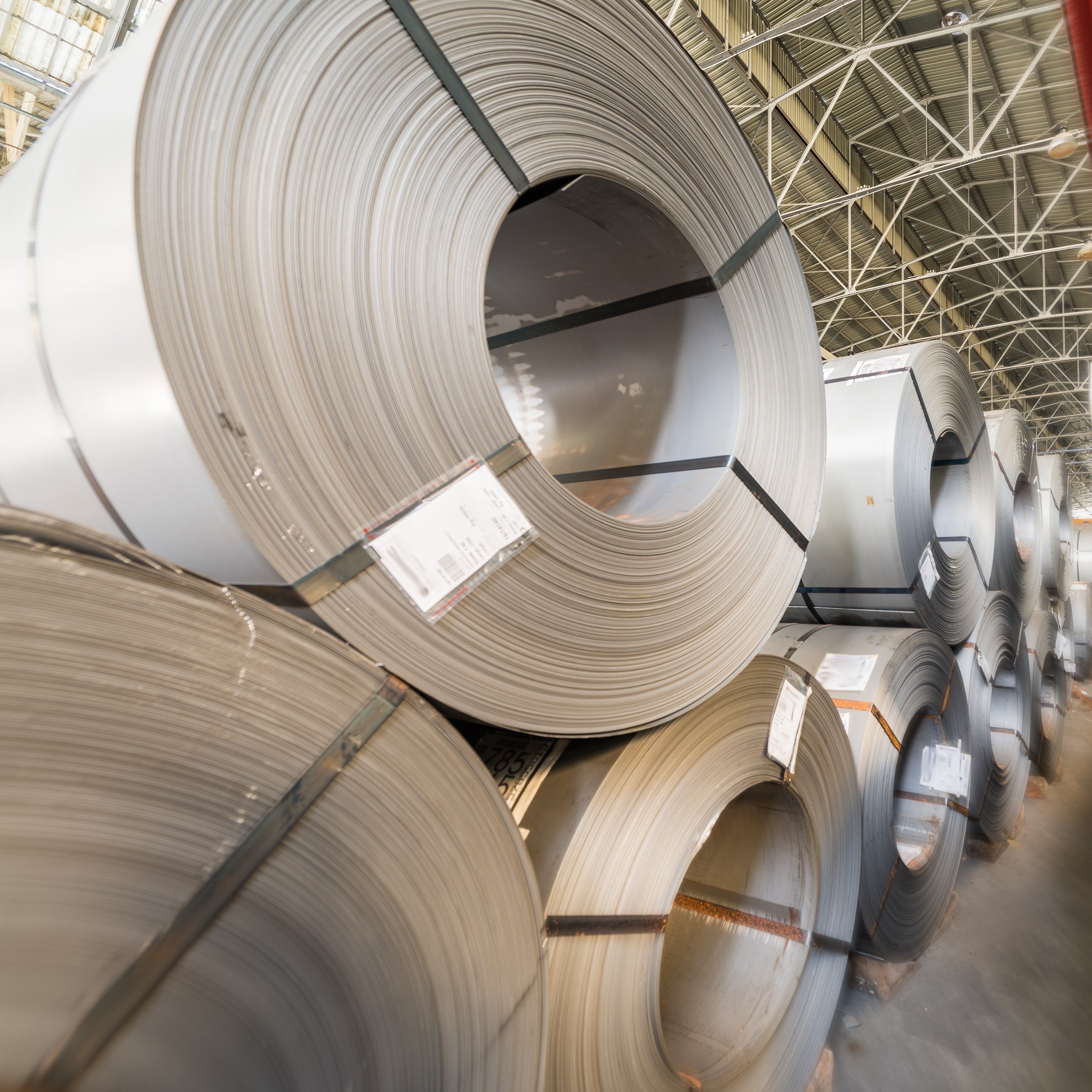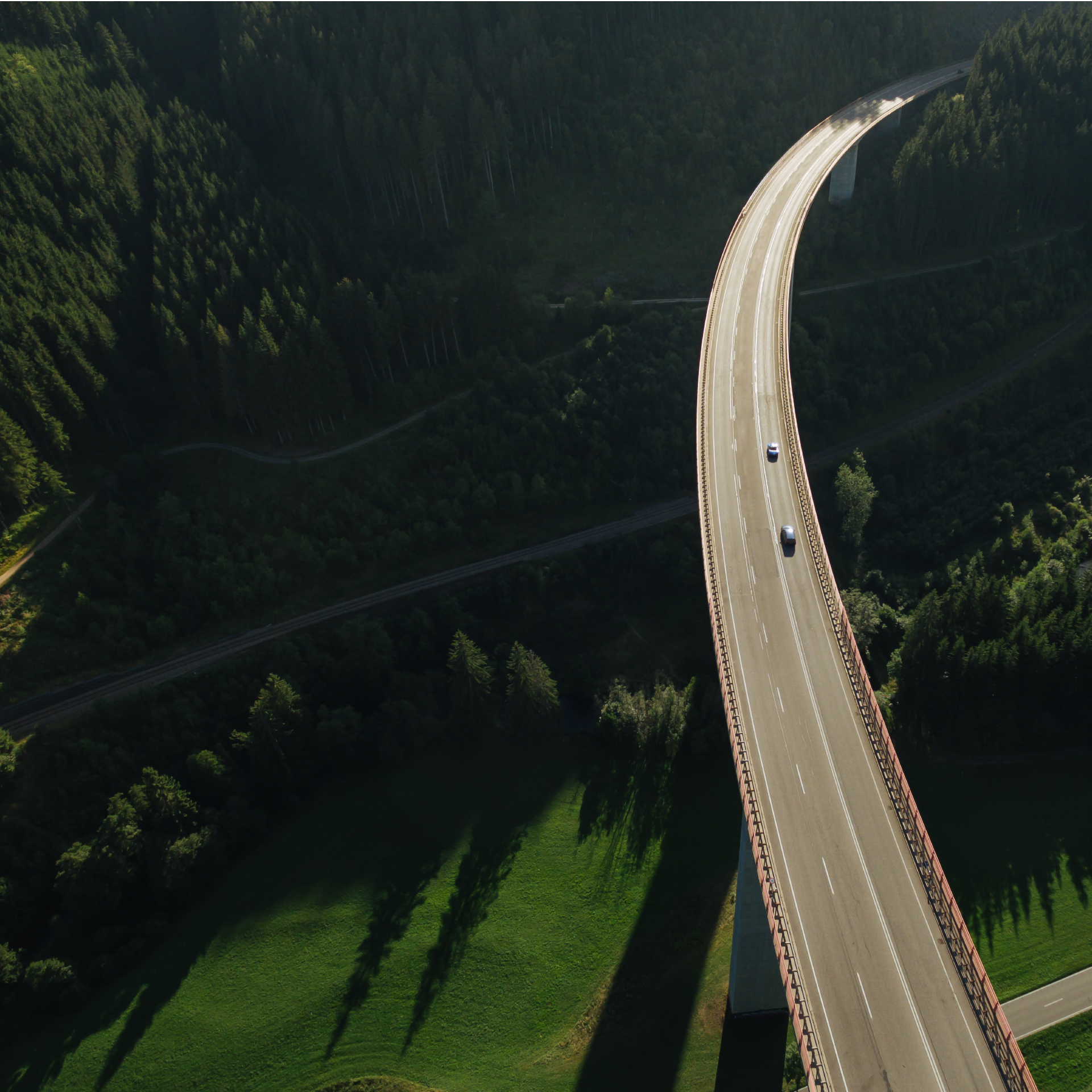The steel industry is under the spotlight to reduce carbon emissions given its sizable share in global CO2 emissions. As a result, the industry is heavily focused on developing alternative technologies to reduce emissions. This is particularly so for the blast furnace ironmaking process, which has the highest emissions intensity due to the use of coke for the reduction of iron ore (i.e. removing oxygen from the ore, then adding carbon to the liquid iron that is output).
In this Insight, we will elaborate on some of the new technologies the steel industry is exploring/developing that we believe could form technology breakthroughs that would accelerate the decarbonisation pathway.
One thing is clear from the history of the steel industry – there is constant innovation. In the mid-to-late 1800s, the industry evolved from the limited early crude iron and steelmaking processes to Bessemer processes, setting the foundation for the widespread use of steel today. This was supplanted first by open hearth furnaces before the modern Linz-Donawitz process was developed (i.e. basic oxygen steelmaking as we know it today). Alongside this, electric arc furnaces were first used for speciality applications, before wider adoption of these as scrap supply rose in developed markets. Further, there are many other innovations that have improved efficiency, quality and emissions from steelmaking.
However, emissions have been one of the most difficult challenges to solve, primarily due to the chemistry of iron and steelmaking. Equally, steel’s problem is largely due to its success as a modern metal – that is, the scale of its use. Emissions intensity (i.e. emissions per tonne of output) is lower than for other metals such as non-ferrous, but steel’s scale of use means its contribution to global emissions is significant. As momentum builds, finance is unlocked and capital deployed, innovation will accelerate in this space too.
In our base case forecast for long-term steel production – published in the Steel Long Term Market Outlook – we assumed some new decarbonisation technologies will be operating by 2050. These include hydrogen-based DRI, DRI-electric smelting furnaces and carbon capture, utilisation and storage. While the speed of implementation of these technologies is uncertain, there are other new technologies – such as electrolysis and electrified direct reduction and melting – that were not included in our forecast but have the potential to alter it.
Below, we outline the three main approaches used by the industry today for iron and steelmaking, followed by decarbonisation technologies CRU has been tracking closely:
- Traditional blast furnace iron and basic oxygen furnace (BF-BOF): Iron is produced using coke to reduce iron ore in the BF, which is fed into the BOF alongside a cold iron-bearing metallic (i.e. typically ferrous scrap). This is used to produce both flat and long steel products. A majority of flat steel is produced via this route.
- Electric arc furnace (EAF): Uses carbon electrodes to generate heat to melt the solid ferrous metallic inputs:
- Fed with scrap only: Used only to produce long products. Most longs production uses this process outside China. While scrap-based EAF production does not use coke, Scope 2 emissions are relevant given high electricity consumption, so overall EAF emissions depend on the source of local electricity supply.
- Fed with scrap and ore-based metallics: Typically used to produce flat products, but also used in longs production either due to supply reasons or speciality grades. Either pig iron or direct reduced iron (DRI) is charged alongside scrap. This is done to dilute impurities present in scrap.
Hydrogen-based production of DRI
The production of DRI currently uses either natural gas or coal, via syngas or similar, to reduce iron ore. Unlike blast furnace iron, DRI remains in a solid state throughout the process. However, like a blast furnace, DRI reduces iron ore by removing oxygen and yields carbon dioxide gas that, in most cases, is emitted into the atmosphere as no carbon capture use or storage equipment is typically installed.
DRI today predominantly uses natural gas, and the individual process yields ~0.7 t CO2/t DRI – lower than the use of coke in a blast furnace, which has emissions intensity of ~1.1 t CO2/t hot metal (n.b. the DRI emissions are direct emissions that ignore upstream emissions from natural gas exploration and distribution, which can be significant). Coal-based DRI typically has much higher emissions intensity.
To further reduce DRI emissions, the industry is considering the use of hydrogen as a reductant, particularly green hydrogen produced through electrolysis using water and electricity from renewable sources. When reducing iron ore using hydrogen, the hydrogen binds with the oxygen and yields steam (i.e. gaseous water).
Scope 1+2 emissions intensity of the green H2 DRI-EAF production route is 80% lower than the natural gas DRI-EAF route. One key challenge is the cost of producing hydrogen, due to the amount and cost of the electricity required. Equally, having access to renewable energy is a must to keep emissions low.
The estimated date for industrial scale application of the H2-based DRI process is 2026, with the startup of Stegra project in Sweden.
DRI-electric smelting furnaces
The electric smelting furnace (ESF) process is being explored by the industry as an alternative to bring flexibility to the feedstock used in DRI production. Today, DRI is produced largely using an iron ore DR pellet raw material, largely defined by high iron content, that will be in a supply deficit in the long term. The expected significant use of DRI in steel decarbonisation necessarily must rely on solutions that address the DRI pellet supply constraint.
The ESF is an additional step designed to process DRI and remove the impurities it carries before charging the liquid iron into a BOF. ESFs can operate with different grades and physical shapes of DRI, such as lumps, fines, pellets etc. In the ESF process, DRI (n.b. fossil fuel or H2-based) is fed into electric smelters, alongside scrap, flux and some amount of carbon. Heat is generated when electricity passes through the electrodes in the ESF, forming hot metal and slag, which are tapped periodically. The hot metal produced by ESF is similar to BF hot metal and will also be fed into BOFs.
Scope 1+2 emissions intensity of the green H2 DRI-ESF-BOF production route is 90% lower than the traditional BF-BOF route, while is similar to the green H2 DRI-EAF route.
The estimated date for industrial scale application of the DRI-ESF-BOF route is 2028, with the startup of ThyssenKrupp tkH2Steel project in Germany (n.b. this could be postponed according to the project’s revision announced recently). Nevertheless, a variant of this technology, using coal as a reductant, has been in commercial operation for ~30 years at Bluescope’s New Zealand Steel, where it was developed to process iron sands that are unsuitable for BFs.
Electrochemical iron reduction by electrolysis
There are two iron electrolysis process being explored by the industry, one using high temperatures and the other low.
The Molten Oxide Electrolysis (MOE) process, led by Boston Metal, uses renewable electricity to convert different iron ore grades into liquid metal. In an MOE cell, an inert anode is immersed in an electrolyte with iron ore and then electrified. When the cell reaches 1,600°C, the electrons split the bonds in the iron oxide, producing high purity liquid iron and oxygen. This liquid iron can be sent directly to ladle refining, with no reheating requirement, or be cooled and charged into an EAF.
Meanwhile, ArcelorMittal along with John Cockerill and others are developing a low temperature iron electrolysis process named Volteron (n.b. previous Siderwin), which is similar to Electra’s technology proposal. In the Volteron process, iron ore is dissolved into an alkaline electrolytic bath with an electrical current running through two electrodes, one that will attract iron and the other oxygen. The temperature of the process in different configurations varies from room temperature up to 110°C. The resultant product is an iron plate that would be charged into an EAF.
The estimated reduction in Scope 1+2 emissions of iron electrolysis is up to ~90% in comparison to traditional BF-BOF emissions.
There is no information available about an estimated date for industrial scale application for Boston Metal’s MOE process, while this is late-2020s for Electra and beyond 2030 for Volteron. Nevertheless, we believe the scalability of electrolysis cells will be a major challenge for the application of the technology by the steel industry and its big scale production volumes.
Electrified direct reduction and melting
The electrified direct reduction and melting process, developed by SMS under the name of EASyMelt, is a process to decarbonise blast furnaces (BF) with the potential to reduce emissions by ~60% using limited quantities of coke and gases. The technology can be implemented in existing BF-BOF.
The first step for the solution is a Blue Blast Furnace that can reduce emissions from a traditional BF by up to 28%. In this process, syngas is produced from BF top gas and injected back at the lower shaft area of the BF. The syngas, which is mainly carbon dioxide and hydrogen, acts as a reducing gas and reduces the coke rate in the BF.
The second step is the Paul Wurth EASyMelt system. In this process, syngas is also produced from BF top gas and injected back into the BF but at both shaft and tuyere levels. Additionally, a plasma torch system is implemented at the tuyere level and heats the injected gas to temperatures between 1,700°C–2,200°C, electrifying the ironmaking process.
The use of exhaust process gases in syngas production will reduce self-generating power in the steel mill and increase power purchasing needs. To have the expected impact on emissions, renewable electricity supply must be available alongside the Blue Blast Furnace and EASyMelt processes.
There is no information available about an estimated date for industrial scale application for the EASyMelt process. In June 2023, SMS and Tata Steel signed a memorandum of understanding to implement the EASyMelt concept at Tata’s BF E in Jamshedpur, India, for a joint industrial demonstration of the process.
Carbon capture, utilisation and storage
Carbon capture, utilisation and storage (CCUS) technology in being considered by steelmakers as an option to mitigate CO2 emissions. The process involves the capture and separation of CO2 generated during iron and steel making. Emissions from BF offgas, DRI shaft furnaces and other process gas streams can be captured. The CO2 captured can be utilised in other applications and/or stored in depleted oil reservoirs and other deep geological formations.
We estimate the reduction in Scope 1+2 emissions with the addition of CCUS would be 60% for BF-BOFs and 50% for natural gas-based DRI-EAFs, though the latter could be increased if a CCS unit was installed on the process gas circuit and on the reformer offgas system.
At present, there is no commercial scale CCUS plant for BF offgas, while a CCUS plant has been operating in Middle East since 2016. In the Al Reyadah plant in the UAE, 800 kt/y of CO2, that represent ~45% of total emissions, can be captured from the DRI shaft furnace and utilised in the oil and gas industry for enhanced oil recovery (EOR).
Outlook is optimistic for further improvement
CRU’s Steel Long Term Market Outlook presents a forecast of significant change in the steel industry as investment drives alternative means of production to reduce emissions. However, there is much more opportunity for breakthrough technology to help the industry achieve the net-zero target. Innovation is at the core of steel’s success as a modern metal, and we expect solutions will be found, though they will be higher-cost than existing processes. Below, we close with a chart showing the emissions intensities of the various processes described above.

















